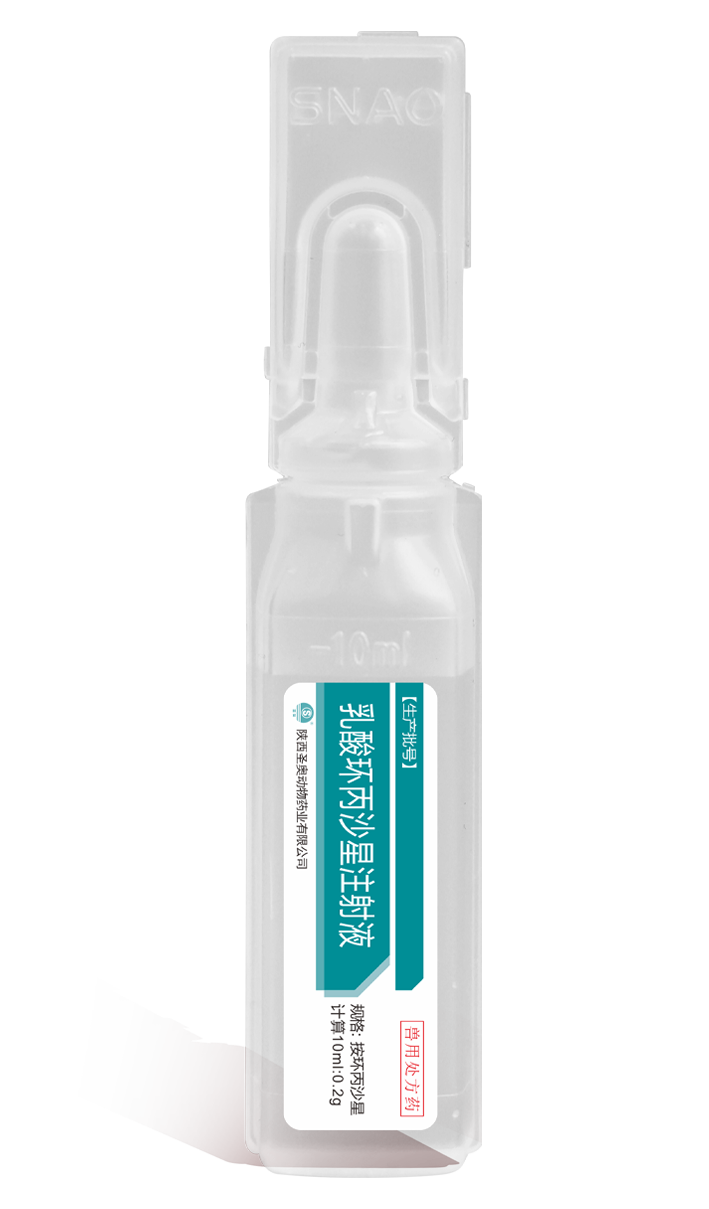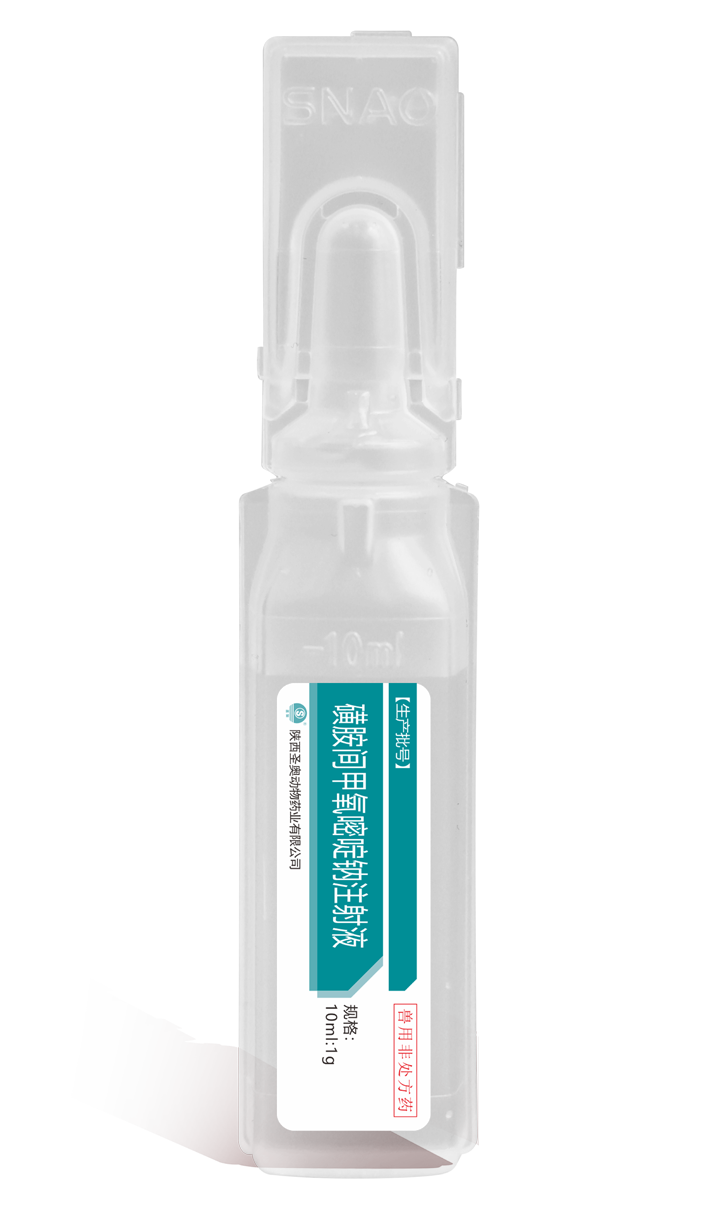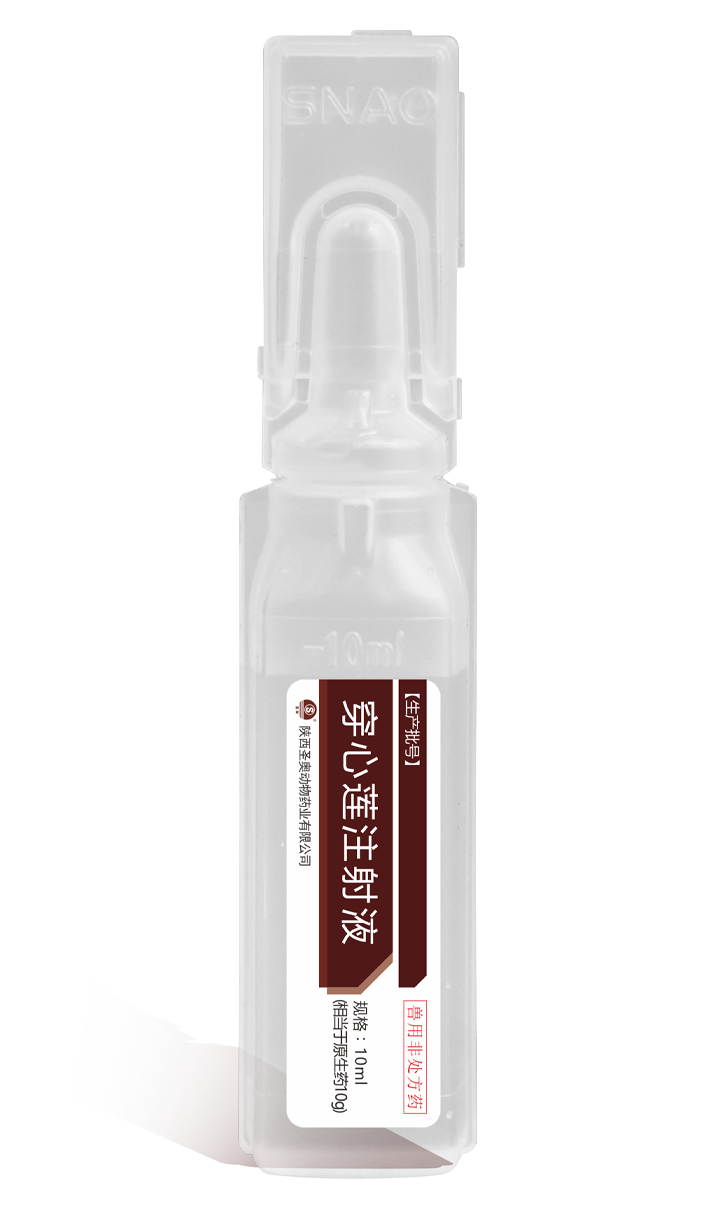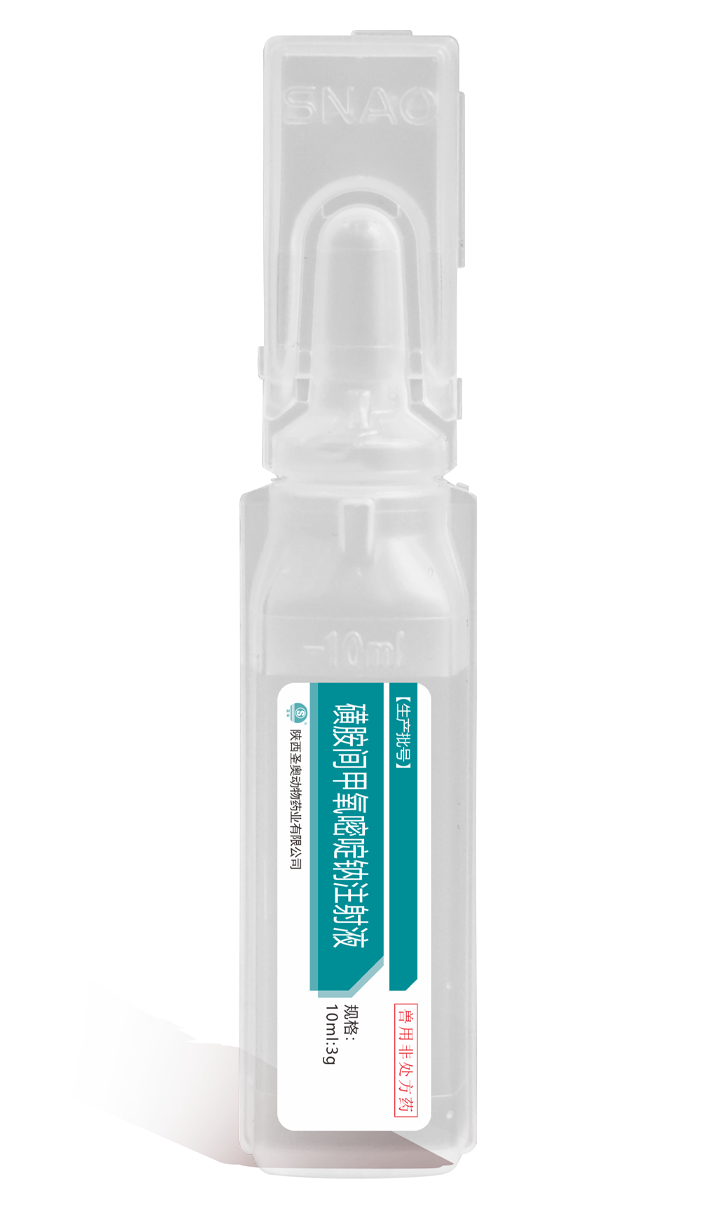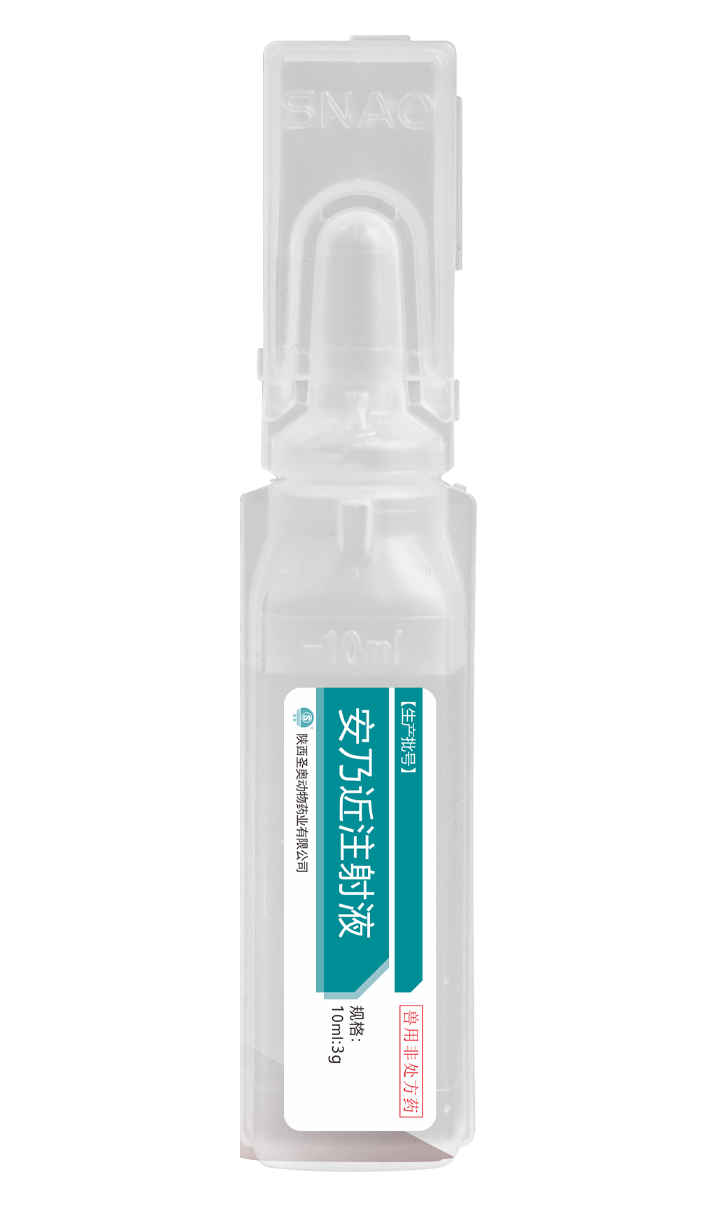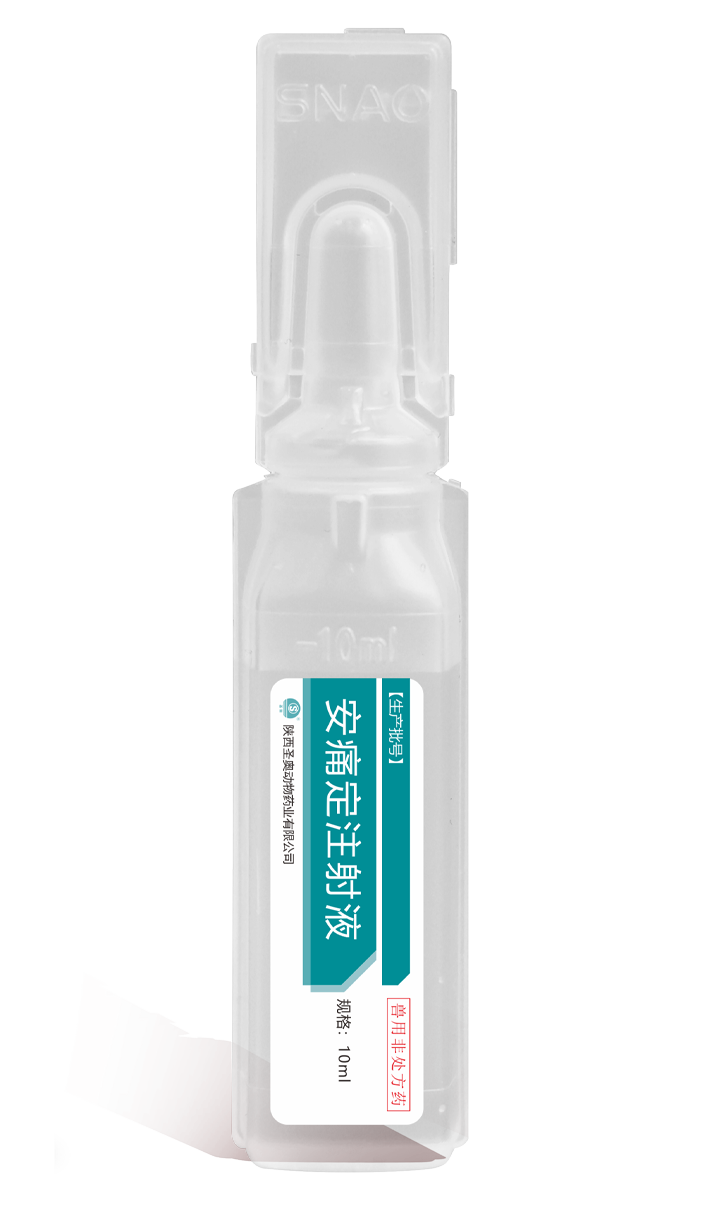
Ciprofloxacin lactate injection
Key words:
Classification:
Detailed Description
[main component] ciprofloxacin lactate
[properties] this product is almost colorless to yellow clear liquid.
[pharmacological action]
Pharmacodynamics ciprofloxacin lactate is a broad-spectrum bactericide for animals. The bactericidal effect is produced by inhibiting bacterial DNA replication and transcription by acting on the DNA gyrase a subunit of bacteria. It has good antibacterial activity against most Gram-negative bacteria and cocci, including Pseudomonas aeruginosa, Klebsiella, Escherichia coli, enterobacter, Campylobacter, Shigella, Salmonella, Aeromonas, proteus, Haemophilus, Yersinia, Serratia and Vibrio. Brucella, Chlamydia trachomatis, Staphylococcus (including penicillinase producing and methicillin resistant bacteria), mycoplasma and Mycobacterium were also sensitive to it. It has weak antibacterial activity against anaerobic bacteria and is ineffective against anaerobic infection. The effect of this product on Gram-negative bacteria is obviously better than that of other varieties, especially on Pseudomonas aeruginosa.
The plasma protein binding rate of ciprofloxacin was significantly different in different species of animals, 70% in cattle and 23% in pigs. It is mainly excreted from urine in its original form. The half-life of intravenous injection was 4.9 hours for horses, 2.4 hours for calves, 1.3 hours for sheep, 1.5 hours for goats, 3.1 hours for pigs, 9.0 hours for chickens and 2.6 hours for dogs.
[drug interactions]
① It has synergistic antibacterial effect with aminoglycosides and broad-spectrum penicillin.
② Ca2+, mg2+, fe3+, al3+and other metal ions can chelate with this product and affect its absorption.
③ It can inhibit liver drug enzymes, reduce the metabolism of other drugs (such as theophylline and caffeine), reduce the clearance rate, increase the blood drug concentration, and even cause poisoning symptoms.
④ When combined with probenecid, the excretion of probenecid in renal tubules was inhibited due to competition for the same carrier, and the half-life was prolonged.
[function and use] fluoroquinolones. It is used for livestock and poultry bacterial and mycoplasma infections.
[usage and dosage]
Intramuscular injection: 1.25ml per 10kg body weight of livestock; Poultry 2.5ml. Twice a day.
Intravenous injection: one dose, 0.1ml per 1kg body weight of livestock. Twice a day.
[adverse reactions]
(1) It can cause cartilage degeneration in young animals, affect bone development and cause claudication and pain.
(2) The reactions of digestive system include vomiting, anorexia, diarrhea, etc.
(3) Skin reactions include erythema, pruritus, urticaria and photosensitive reaction.
[precautions]
(1) It should be used with caution for breeding young breeders and foals.
(2) Pregnant and lactating cows are forbidden.
(3) Use with caution in carnivores and animals with renal insufficiency. For animals with severe kidney disease or liver disease, the dosage should be adjusted to avoid drug accumulation in the body.
(4) It is forbidden for laying hens during laying period.
[drug withdrawal period] 14 days for cattle, 10 days for pigs and 28 days for poultry; The milk abandonment period is 84 hours.
[Specification] 10ml:0.2g based on ciprofloxacin
[package] 10ml × 10 pieces/box
Related Products

Contact Information
Contact Address

Address: Jinghe Xincheng Jingyong Road Middle Industrial Park, Xixian New District, Shaanxi Province


